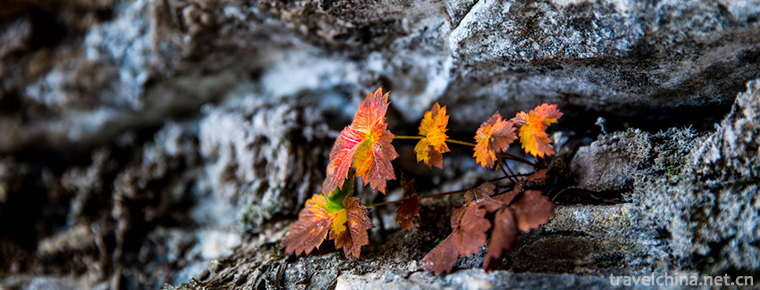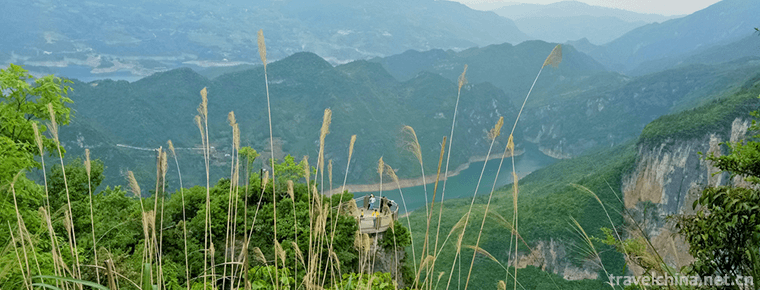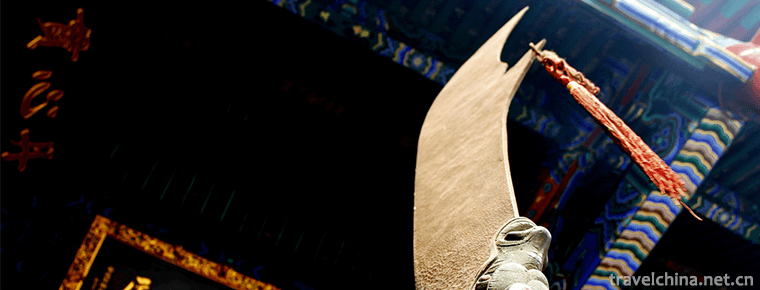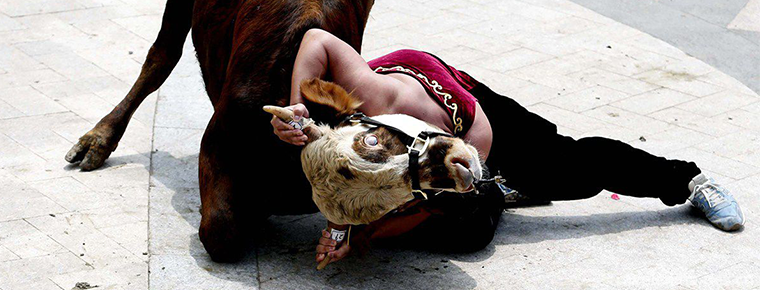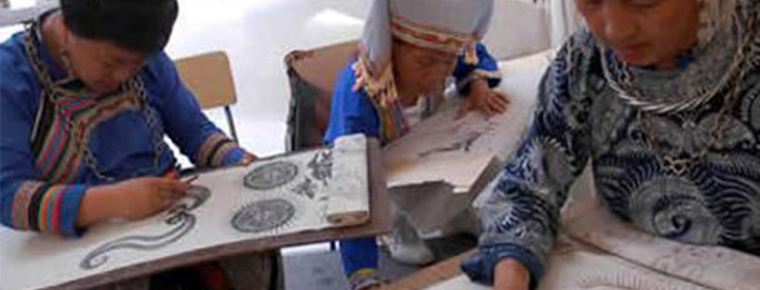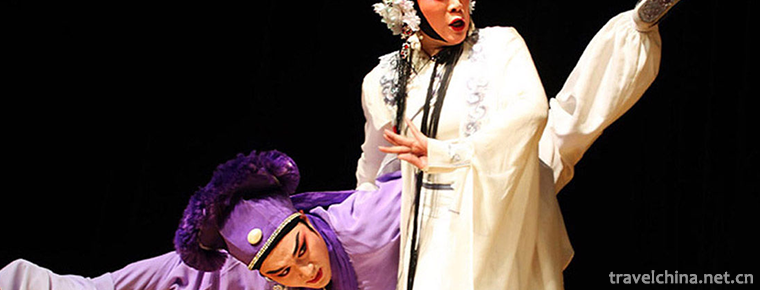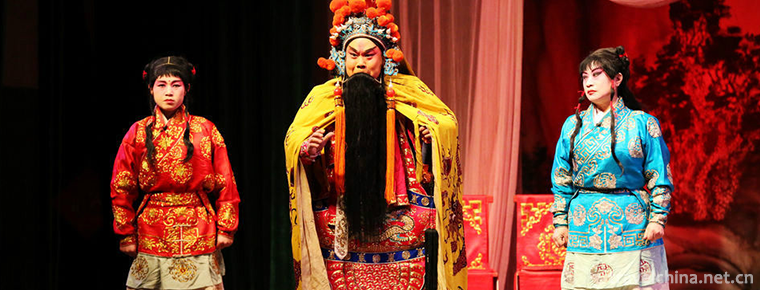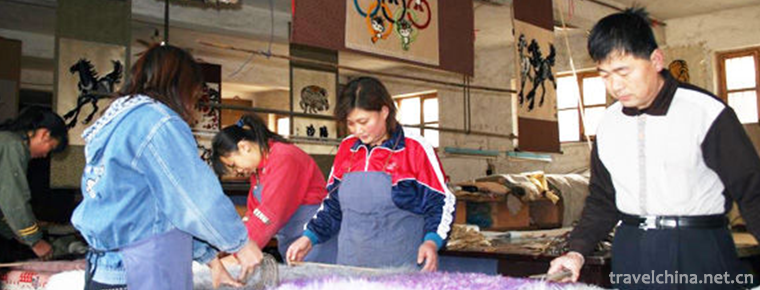Legend of the Temple of Heaven
Legend of the Temple of Heaven
The legend of the Temple of Heaven is a traditional folk literature in Beijing.
On May 18, 2010, the Ministry of Culture of China announced the third batch of national intangible cultural heritage list of recommended projects (new entries). The first item in the category of folk literature is "Tales of the Temple of Heaven" declared by Chongwen District of Beijing.
On May 23, 2011, the legend of the Temple of Heaven was approved by the State Council to be included in the third batch of national intangible cultural heritage lists.
The Temple of Heaven was first built as a place to worship heaven and earth, so it is known as the Temple of Heaven and Earth, which can be seen from the shape of the altar wall today. Its altar wall has both inside and outside, both of which are the southern and Northern circles, which is in line with the traditional concept of the ancient Tianyuan area in China. Although it was changed from nine years in Jiajing to worship heaven and earth, another altar of earth was built in the northern suburbs, but the wall of the altar of heaven remained unchanged.
1. The creation of legends is generally based on real-life characters or things, and its genre features are interpretative. In the folk legends of the Temple of Heaven, some of them have obviously broken through the limitations of the characteristics of the legendary genre. Although they still retain some explanatory traces, they are more like fantasy stories or life stories. For example, "Leonurus Leonuri legend". During the reign of Emperor Qianlong in Qing Dynasty, Wang Qishu wrote about Leonurus heterophyllus in Shui Cao Qing Xue Lu.
There is a chapter of "Picking Medicine in the Temple of Heaven" in Lin Qing's "Map of Hongxue's Origin" by Daoguang in Qing Dynasty, and this legend is also recorded in Chenyuan's "A Brief Introduction to Chenyuan" by Wu Changyuan in Qing Dynasty. This shows that there are various legends about Leonurus Motherwort among the people, which are gradually attached to the legend of the Temple of Heaven by the people. Another example is the legend of Sweet Water Well in Ganquan and Temple of Heaven. Wang Shizhen, a Qing Dynasty poet, once wrote poems: "Jingshi Tumaishui Ganquan, Guzhu Spring Bud is wasted and fried." Only the Temple of Heaven stone is good, Qingbo one spoonful to buy thousands of money.
2. Places where emperors of Ming and Qing Dynasties offered sacrifices to heaven and prayed for valleys. Founded in the eighteenth year of Yongle Ming Dynasty (1420). The total area is 2.73 million square meters. The main buildings are the mound, the imperial dome and the Hall of Prayer for the Year. Yuqiu is the place of offering sacrifices to the heavens on the winter solstice every year. The Hall of Prayer for the Year is the place of offering sacrifices to the Emperor, the Heavenly Emperor and the Valley for the people on the first Xin day of the first lunar month every year. The Qiqiu and Qinian Hall are built on the North-South longitudinal axis, and are connected with brick avenues 30 meters wide and 4 meters above the ground. Pines and cypress trees are planted on both sides of the avenues, creating a solemn and solemn atmosphere. In ancient China, there was the saying of "Tianyuan Place", so they were mainly round halls, with a blue glazed tile roof 38 meters high, which was situated on the three-storey Han Baiyu altar, the Qigu altar. The four pillars in the center of the temple represent the four seasons, and the 12 pillars in the outer rows represent 12 months and 12 hours respectively. The Temple of Heaven is one of the exquisite ancient buildings in China. It is now a park. National key cultural relics protection units.
Legendary Content
Scenery Legend Axis
The legends of scenery or scenery are especially developed in China. People give spirituality to the mountains, rivers and scenery of their hometown, create beautiful and moving legends, and become an important part of regional culture. The scenery of the Temple of Heaven has also become an important subject for the oral creation of the common people. For the people in Beijing, the Temple of Heaven is the place where the emperor talks with the heaven. It is a sacred and mysterious place. All the buildings are full of magical colors. The composition of each building is dominated by "heaven". It embodies the concepts of "heaven is the sun, earth is the yin", "heaven and man are in one place", "heaven and man are in one place", "heaven and man are in one place". It is worth noting that most of the Tiantan buildings, as the legendary theme of the Temple of Heaven scenery, are not natural objects, but belong to man-made objects. Craftsmen integrate Architectural Science with humanistic ideas. We can see that the integration of the concept of the induction between heaven and man has painted a magical and mysterious color on the scenery and legend of the Temple of Heaven.
Tangen Legend
"Tangen Er" is the appellation of Beijing people to the surrounding areas of the Temple of Heaven. It centers on the Temple of Heaven. There are goldfish ponds in the north, flyovers in the west, Fata in the east, four pieces of jade in the South and Tongzi River in the south. These places are commonly known as "Tangen Er", and they have always been the habitats of ordinary workers. There are many legends circulating here, such as "Golden Fish Pond and Longxugou", "Longqing Golden Fish", "Shen Wansanjiao Golden Fish Pool" and so on, reflecting the expectations of people living at the bottom of society for a better life. Some legends around the Temple of Heaven, known as "Tangen Er", were gradually attached, incorporated, merged or annexed into the system of the Temple of Heaven legend, thus enriching and expanding the content and territory of the Temple of Heaven legend. From the legend of "Tangen Er", we find that with the progress of society, the sacred part of the legend of the Temple of Heaven is restricted by the changes in real life, showing a gradual weakening trend, while the secular part is gradually expanding, more and more.
Legend of Characters
Anecdotes and anecdotes of sacrificial activities at the Temple of Heaven of emperors in past dynasties, and the related deeds of modern and contemporary historical figures, have always been the street talk of citizens, and have been widely circulated in the workshop. The feudal emperors such as Qianlong and Guangxu seen in such legends are all represented by the people through one or two things, rather than the overall description of these characters, which inevitably deviates from the characters or historical facts themselves and has a certain degree of fiction. But in these legends, the common people have their own praises and criticisms on these characters, sometimes they are black and white, and face makeup, but they undoubtedly express the position and views of the common people, which will not be the same as the official history. This is the value of such legends.
Inheritance Significance
Legends such as The Origin of the Temple of Heaven, The Tale of the Establishment of the Temple of Heaven, The Story of the Building of the Temple of Prayer for the Year, and Jiajing's Restoration of the Temple of Prayer for the Year tell us the inextricable connection between the royal family and the Temple of Heaven from different angles. For example, in the Legend of Goddess Children Helping to Build Diqiu, when Qianlong expanded Diqiu, a beggar child helped craftsmen draw the "Jiujiu Altar Map" and completed the "from the altar to the steps" required by the emperor. The stone used should be nine or nine times, which explained the symbolic meaning of the "Jiujiu" in the Temple of Heaven architecture. These legends are ancient Chinese legends.
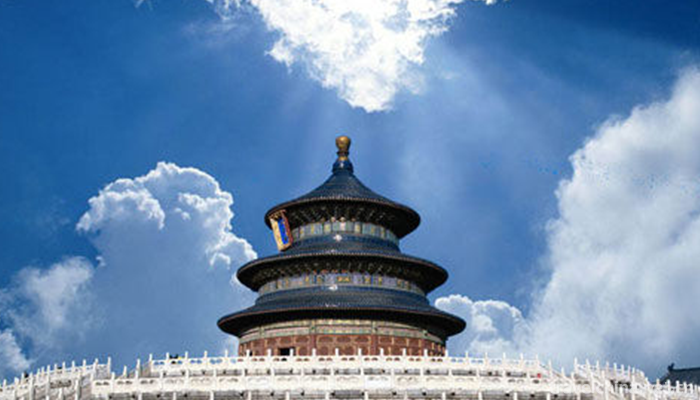
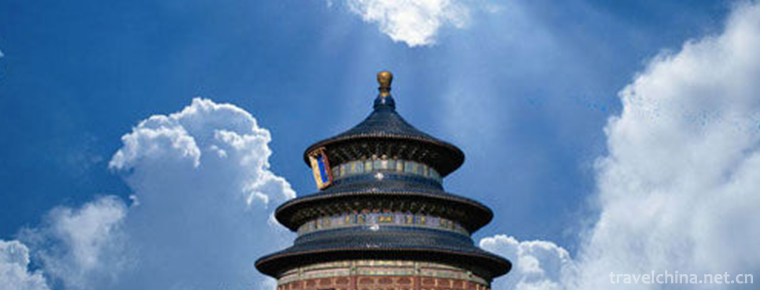
Legend of the Temple of Heaven
-
Baishishan Scenic Area Baoding City Hebei Province
Baishishan Scenic Area, also known as Baishishan National Geological Park, is called "Xiaohuangshan" because its scenery resembles the Huangshan Mountain in Anhui Province.
Views: 296 Time 2018-11-24 -
Chongqing Yunyang Longgang National Geological Park
Yunyang Longgang Scenic Spot: National AAAAA Class Tourist Spot, National Geopark and National Day 2016 "Best Tourist Service Scenic Spot"
Views: 425 Time 2018-12-12 -
Guan Lin Scenic Area
Guanlin, a national key cultural relic protection unit, National AAAA tourist attraction, is the first place for the burial of Shu generals Guanyu in the Three Kingdoms period. The former is an ancest
Views: 151 Time 2018-12-24 -
Eight treasures fragrant glutinous rice
Babao Xiangnuo is a famous dish in Zhejiang Province. It is cooked with glutinous rice as its main ingredient. It has the characteristics of soft glutinous rice and fragrant teeth.
Views: 241 Time 2019-03-26 -
Bullfight
Bull-wrestling is a traditional competitive sport of the Hui people. It means throwing, wrestling and throwing. It can also be called bullfighting of the Hui people.
Views: 122 Time 2019-05-01 -
Batik art
Miao batik technology, the traditional handicraft of Danzhai County, Guizhou Province, is one of the national intangible cultural heritage.
Views: 129 Time 2019-05-10 -
Wenzhou opera
Ou Opera has a history of more than 300 years with "written warmth" as its stage language. The more influential traditional plays are Gao Ji and Wu Sanchun, Yanghe Pickup and the modern play
Views: 122 Time 2019-06-08 -
Shijiazhuang Silk String
Shijiazhuang silk string is also known as string tune, string tune, Hexi tune, small drum tune, Luoluo tune, daughter tune and so on. It is a local traditional drama in Hebei Province and one of the n
Views: 190 Time 2019-06-15 -
Tanning Technology of Tan Sheepskin
Tanning process of Tan sheepskin in Jiaocheng County is relatively complex, totally depending on manual operation. There are more than 20 processes such as washing, soaking, drying, shoveling, nailing
Views: 275 Time 2019-06-18 -
Donghekou earthquake site park
Donghekou earthquake site park, located in Qingchuan County, Guangyuan City, Sichuan Province, is the first earthquake site protection memorial site of Wenchuan earthquake. On November 12, 2008, the opening ceremony and the launching ceremony of the tourism market after the earthquake were held.
Views: 262 Time 2020-11-08 -
Danba pig leg
Xiang Pigs are mainly green fodder. They never feed artificial feed. They graze with cattle and sheep all year round. They have long mouth and small ears, narrow head, straight forehead, narrow body and protruding back, strong limbs and fast running.
Views: 247 Time 2020-12-06 -
History of Luzhou
Luzhou was named "Lushui theory" and was called Jiangyang in ancient times. During the reign of Liang Datong in the Southern Dynasty (535-546 A.D.), Luzhou was set up to lead the Yangjun county. Jiangyang County: Jiangyang county (governing today's Jiangyang District),
Views: 379 Time 2020-12-14
